Today, we're learning about friction with some fun friction experiments! First up is a super simple DIY friction ramp. This is a great way to demonstrate how some surfaces have more friction between themselves and another object than others.

What is Friction?
Have you ever tried sliding on a wooden floor or an icy surface? It's much easier to skid on a smooth surface like wood than a rough surface like carpet. This is because of friction. Friction is created when things are pulled past each other. The rougher the surface, the more friction is created. Have you ever hurt your knee when sliding on carpet? This is because of the friction created between your skin and the carpet.
Imagine sliding two bits of ribbon over each other and then think how much harder it would be with two velcro strips! There's a lot more friction with the velcro as its surface is much rougher.
Friction Investigation - DIY Friction Ramp
First, try sliding over a wooden floor with socks and bare feet. You should find it easier to slide with socks, as there's less friction.
Another way to investigate friction is to make a homemade friction ramp. This is just a ramp with different surfaces. The idea is to roll cars down the different parts of the ramp and investigate which surface is slowest and which is fastest.
How to make a friction ramp
A ramp - we made this one using a sheet of plywood, gaffer tape and some carpet.
Cars - LEGO/DUPLO or K'Nex
Chalk
Tape measure
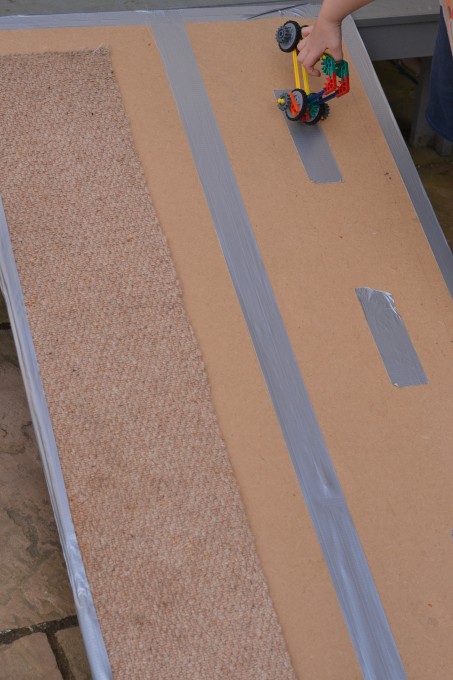
How to investigate friction
We are investigating the effect of friction on the distance travelled by a car, so the ramp surface is our variable. Everything else must be kept constant.
Do not push the car; just let it go without any force behind it.
How does the surface of the ramp affect the distance travelled?
Allow the car to roll down the smooth side of the ramp. Measure and record how far it travels.
Repeat using the carpet covered side of the ramp.
You could also add some other surfaces. This ramp taken from This IS Rocket Science also has a bubble wrap road!
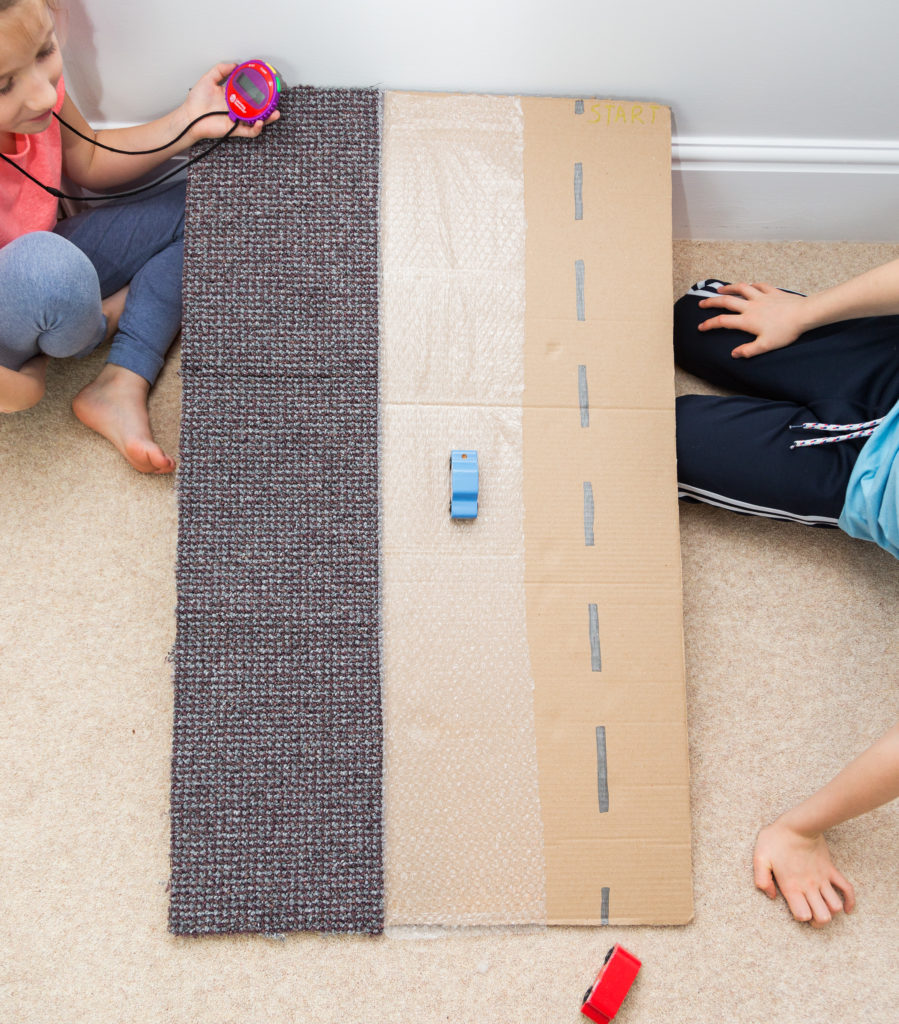
Friction Experiment - questions to ask
Which surface allows a car to travel the fastest?
Which surface slows a car down the most?
How to gather data
We repeated each test three times, found the average distance travelled by the cars, and recorded the results in a table.
Friction Investigation Results
Our cars travelled a shorter distance when we used the carpet surface than when we used the smooth surface. This is because there is more friction between the car and the carpet than between the car and the smooth surface. The frictional forces act in the opposite direction to movement, making it harder to move. Therefore, the car is slower and picks up less speed moving down the ramp, travelling less distance.
How is Friction Helpful?
Friction between our shoes and the floor stops us from slipping and sliding around.
Friction between tyres and the road stops cars from skidding. When the road surface is icy, there is less friction, which makes it more likely that cars will skid.
Friction between brakes and wheels helps bikes and cars slow down
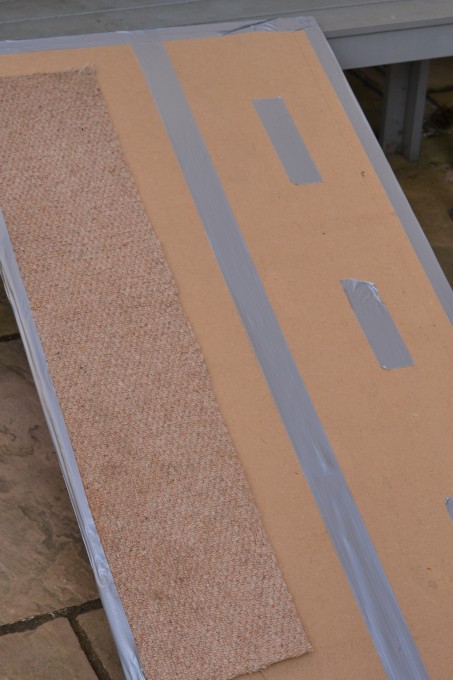
Ideas for younger children with a DIY friction ramp
Try pushing the car and comparing it with the distance travelled if there is no extra force. Does the extra force make a difference?
Add more road surfaces to your DIY friction ramp.
More Friction Experiments for Kids
Another fun activity is to set up a teddy zip line investigation and test different types of harnesses and materials for the string.
A CD Hovercraft is great fun to make and test, too.
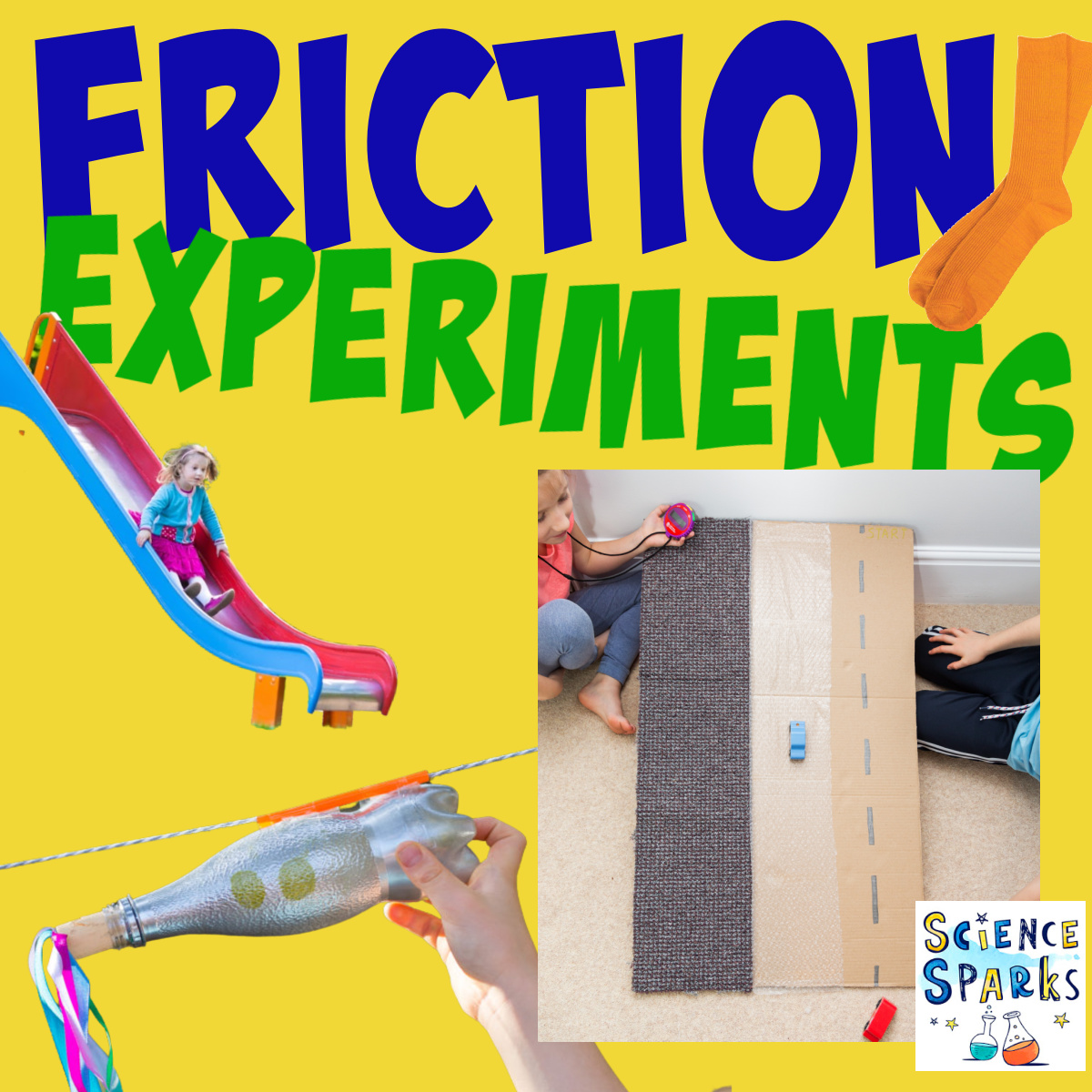
We love this idea of investigating with a slide from Buggy and Buddy.
Or, very simply, try some slipping and sliding, but be careful!
You can also find lots more force experiments and investigations in This IS Rocket Science!
Find out how friction impacts Newton's Laws of Motion.
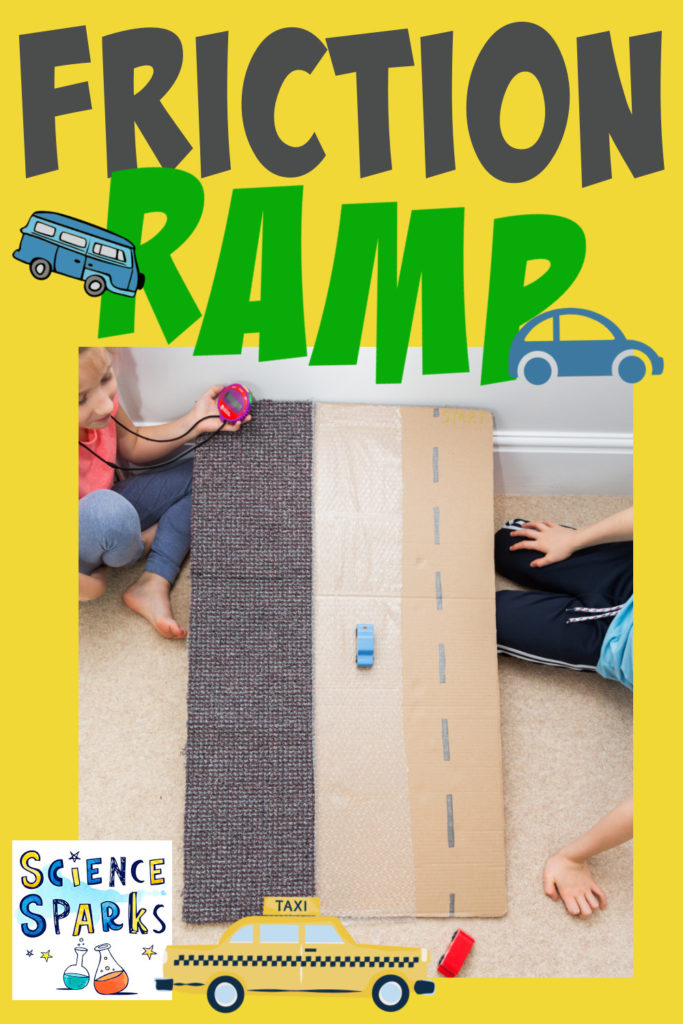
Suitable for Key Stage 2
Forces and Magnets
Compare how things move on different surfaces
Working Scientifically
Last Updated on March 22, 2024 by Emma Vanstone
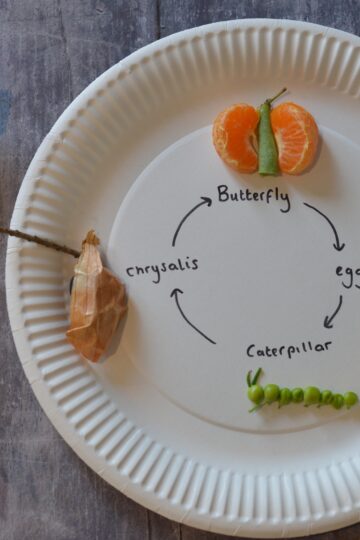
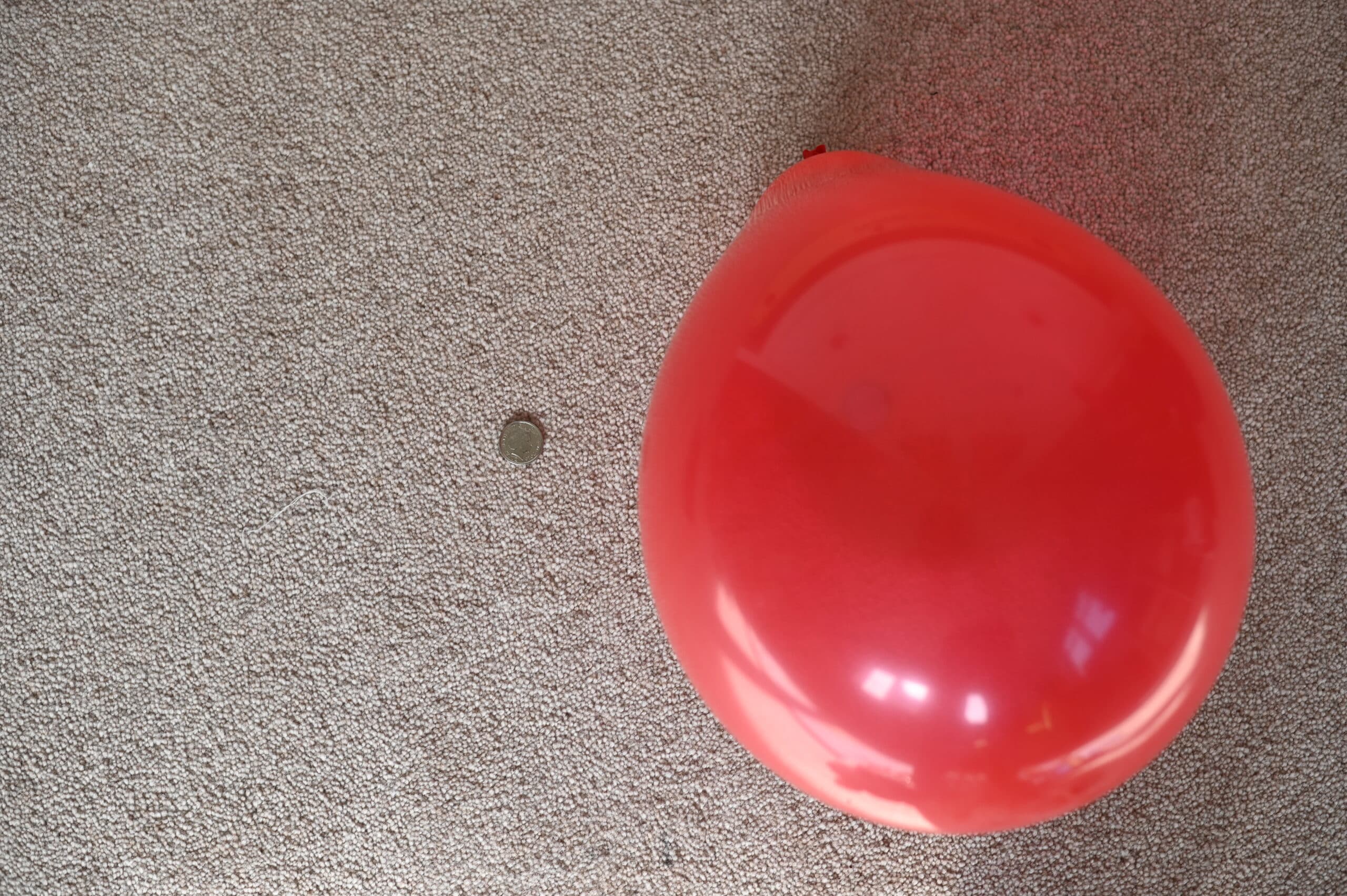
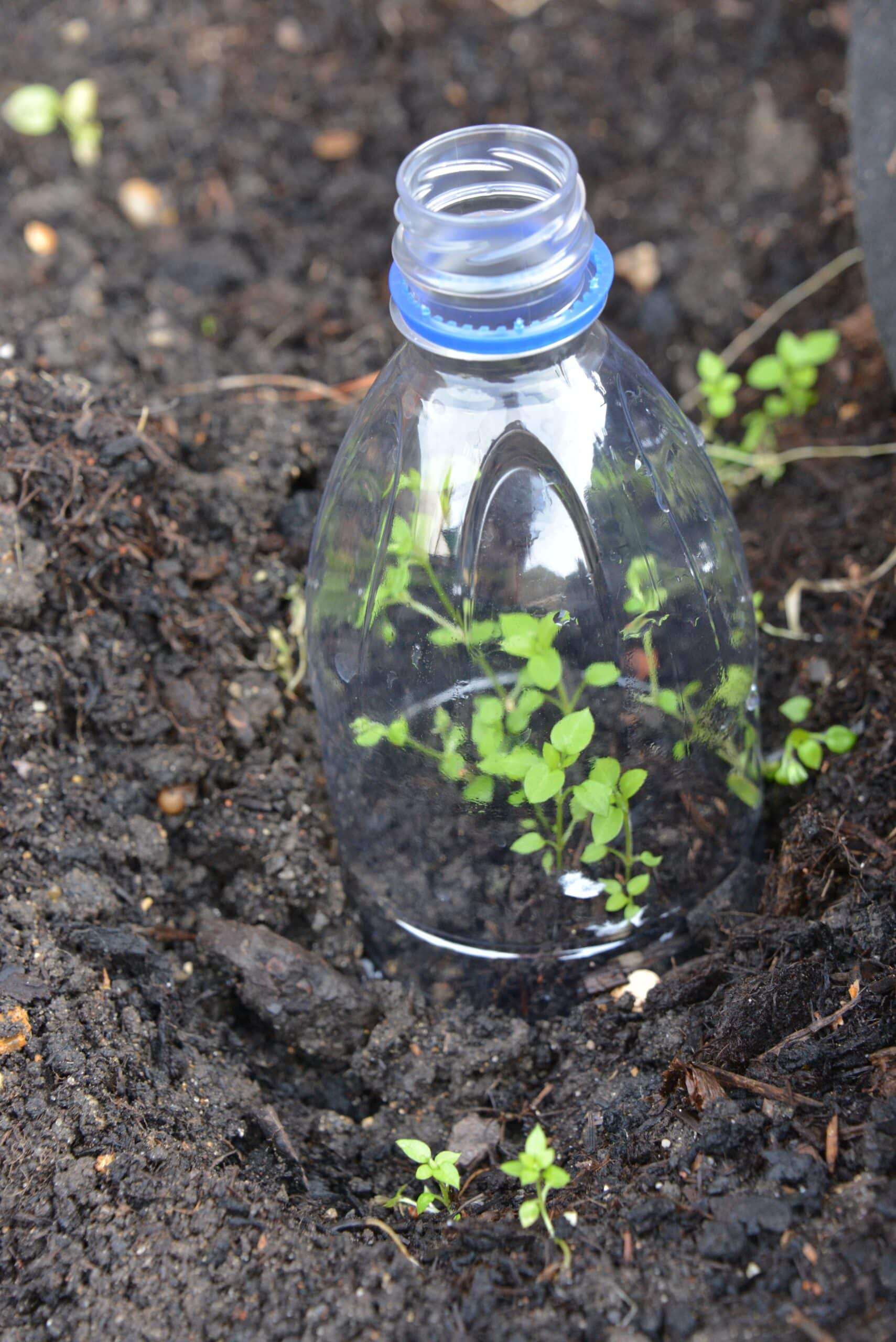
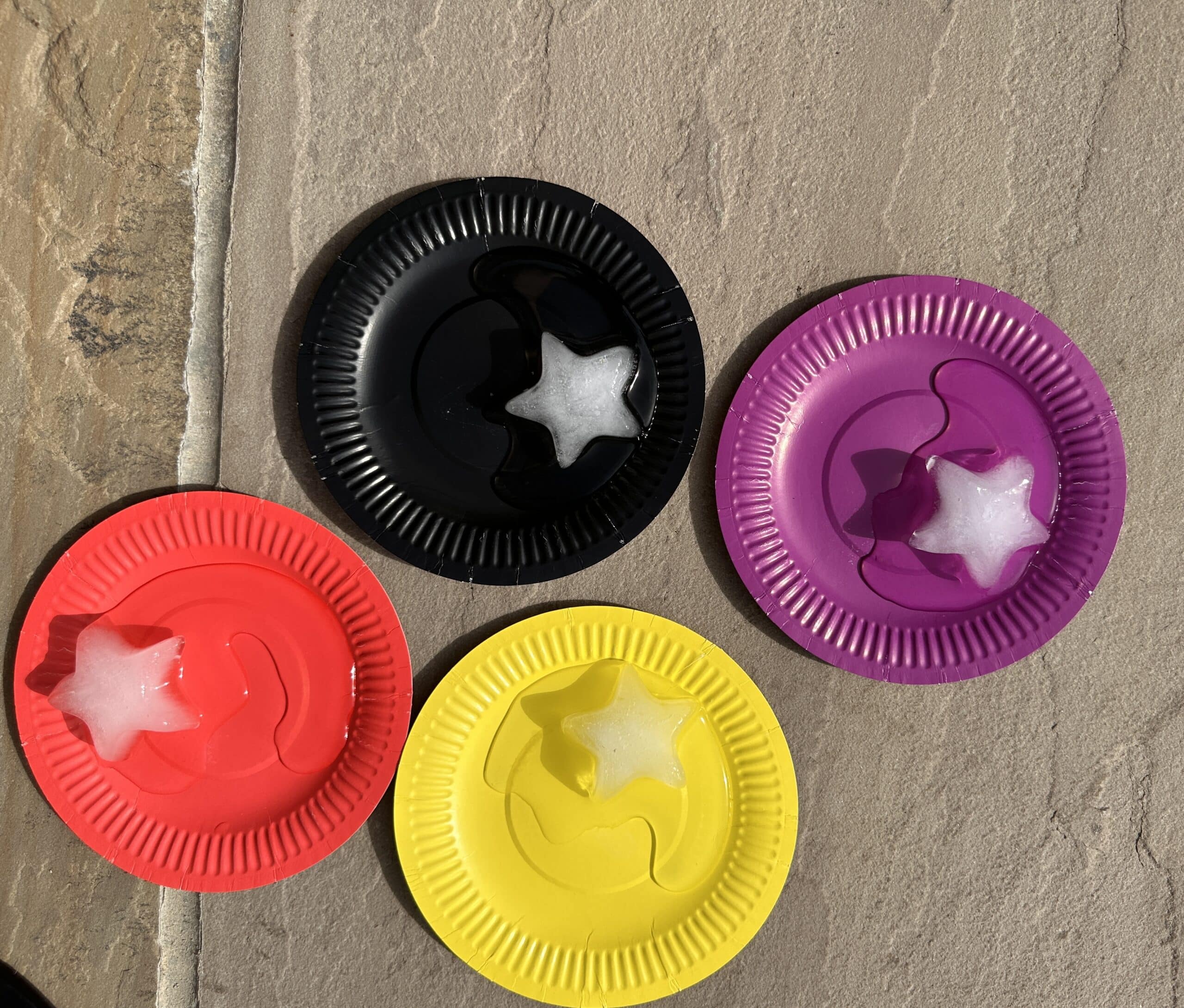
Leave a Reply